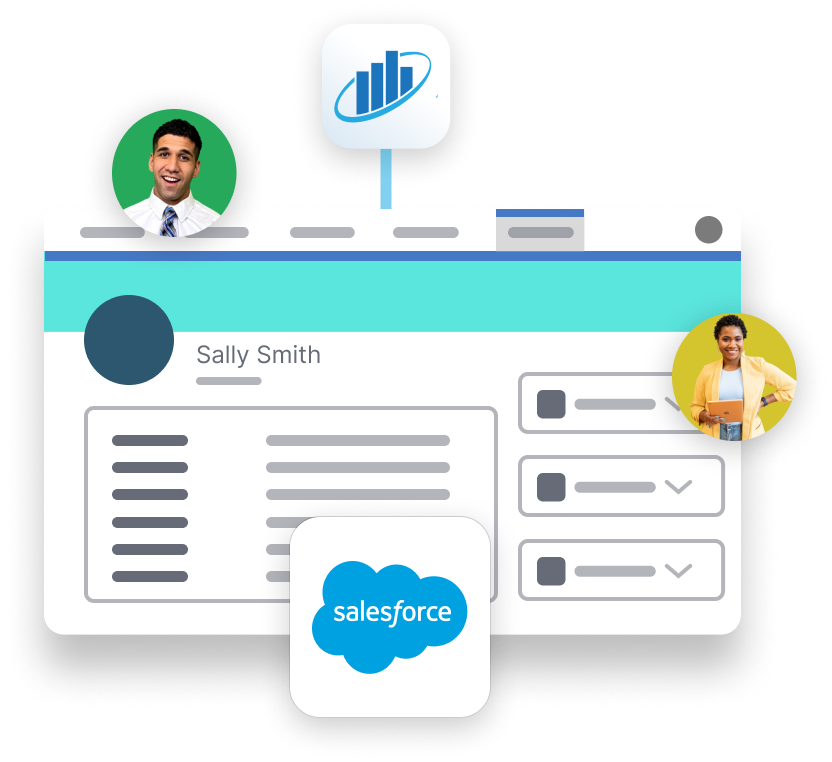Integrating RIA (Registered Investment Advisor) and broker-dealer data with Salesforce using AdvizorPro can streamline operations, enhance client management, and improve decision-making. Here’s a concise guide :
- Understanding the Integration Process:
Start by comprehending the data structures and formats used by your RIA, broker-dealer, Salesforce, and AdvizorPro. Identify key data points such as client information, financial portfolios, transaction history, and any compliance-related data.
- Data Mapping and Preparation:
Map out the fields and entities in Salesforce and AdvizorPro to ensure seamless data transfer. Cleanse and standardize data to maintain accuracy and consistency across systems. This involves matching fields like client names, account numbers, and transaction types between platforms.
- Integration Setup:
Utilize AdvizorPro’s integration tools or APIs (Application Programming Interfaces) to establish connections between the RIA, broker-dealer, Salesforce, and AdvizorPro. Configure data synchronization schedules based on your needs, ensuring regular updates without overwhelming the systems.
- Client Information Sync:
Begin with syncing basic client information between Salesforce and AdvizorPro. Ensure details like names, contact information, and account associations are accurately transferred and updated in real-time.
- Portfolio and Financial Data Integration:
Integrate portfolio details, investment holdings, asset allocations, and performance metrics from the RIA and broker-dealer systems into Salesforce via AdvizorPro. This comprehensive data allows for holistic client portfolio management within Salesforce.
- Transaction and Activity Sync:
Enable synchronization of transactional data, including trade history, purchases, sales, and any other financial activities. This integration provides a complete overview of client interactions and investment decisions within Salesforce.
- Compliance and Regulatory Data Incorporation:
Integrate compliance-related information, such as regulatory filings, risk assessments, and any necessary documentation, into Salesforce. Ensure adherence to industry regulations and standards.
- Automation and Customization:
Leverage AdvizorPro’s capabilities to automate processes and workflows within Salesforce. Configure custom reports, dashboards, and alerts to facilitate better decision-making and client servicing.
- Testing and Validation:
Perform rigorous testing to ensure the integration operates smoothly. Validate data accuracy, integrity, and consistency across all systems. Address any discrepancies or issues promptly.
- Training and Adoption:
Conduct training sessions for the team to familiarize them with the integrated systems. Encourage adoption by showcasing the benefits of streamlined data access and improved client management within Salesforce.
- Ongoing Maintenance and Support:
Regularly monitor the integration, addressing any evolving data requirements, system updates, or changes in regulations. Provide ongoing support to troubleshoot any issues that may arise.
- Optimization and Improvement:
Continuously assess the integration’s performance and seek feedback from users. Identify areas for optimization and enhancement to further streamline processes and maximize the value derived from the integrated systems.
Remember, successful integration requires careful planning, attention to detail, and collaboration between IT teams, business users, and stakeholders. Regular communication and a clear understanding of the goals will ensure a successful AdvizorPro’s RIA database Salesforce integration.







